Senate Hearing Puts Veterans First: Defending the VA Disability System Against Fraud Allegations
In a packed hearing room on Capitol Hill today, the Senate Committee on Veterans’ Affairs tackled a thorny question: Is the Current VA Disability System Keeping Its Promise?
The session, titled “Putting Veterans First,” was a direct response to explosive Washington Post articles that painted the VA’s disability compensation program as riddled with fraud and overgenerosity. Critics in the pieces suggested veterans were “gaming” the system for conditions like tinnitus or PTSD, sparking outrage among advocates and lawmakers alike.
But as witnesses from veteran service organizations (VSOs), government watchdogs, and even a reform-minded combat veteran testified, the narrative shifted: Fraud is real but rare, the system honors an enlistment “contract” with America, and reforms should focus on efficiency—not suspicion.
Chaired by Sen. Jerry Moran (R-KS) and featuring Ranking Member Richard Blumenthal (D-CT), the bipartisan panel drew a clear line: Veterans aren’t the problem; outdated processes and understaffing are. With the government shutdown looming in the background—threatening delays for claims processors and VSO access to regional offices—the hearing underscored the urgency of getting this right for the 6.9 million veterans and families relying on these benefits.
RELATED: WaPo Paints Disabled Veterans As Scammers
The Spark: Washington Post’s Controversial Series
The hearings stem from a October 2025 WaPo reporting alleging that disability claims have ballooned to $150 billion annually, fueled by “dubious” conditions and lax oversight. Stories highlighted outliers—like a veteran faking blindness for decades or a bodybuilder claiming cane dependency—while questioning presumptive benefits under the PACT Act for toxic exposures.
VSOs like the Disabled American Veterans (DAV) fired back, calling it “shameful” for ignoring the 99% of claims that are legitimate and service-tied.
As Blumenthal put it in his opening: “These articles failed to understand the purpose of the benefit… We need to root out wrongdoing, not abandon a system deserved by our heroes.”
Witness Testimonies: A United Front with One Contrarian Voice
The panel featured a powerhouse lineup: VA Inspector General Cheryl Mason, GAO’s Elizabeth Curda, VSO reps from Paralyzed Veterans of America (PVA), DAV, and Veterans of Foreign Wars (VFW), plus retired Lt. Col. Daniel Gade—a double amputee and vocal critic of the status quo.
VSOs Rally for Access and Integrity
Representing millions, the VSO witnesses were a chorus of defense:
- Jeremy Villanueva (PVA): Slammed inaccessible C&P (Compensation & Pension) exams for spinal cord injury vets, urging VA-conducted checks for complex cases and telehealth to cut 100-mile treks.
- Jon Retzer (DAV): Noted their free assistance with 560,000 claims last year, emphasizing fraud’s tiny footprint (<200 convictions amid 3 million processed annually). He called for phone-based filing and AI tools co-developed with VSOs.
- Ryan Gallucci (VFW): Evoked the enlistment oath as a “binding contract” for hazardous duty, decrying WaPo’s “cruel” dismissal of invisible wounds like PTSD. He highlighted “claim sharks” preying on vets and pushed for simpler forms amid shutdown disruptions.
Echoing the American Legion’s statement for the record, they agreed: Fix incentives like concurrent receipt at 50% disability, but never means-test earned benefits.
Oversight Agencies: Mismanagement, Not Mass Fraud
- Cheryl Mason (VA OIG): With just three months on the job, she called WaPo’s use of old OIG data “reprehensible,” clarifying that only 3.7% of investigations target veteran fraud—most hit scammers fleecing the system. Her office’s 30 pending audits focus on PACT Act gaps and DBQ (Disability Benefits Questionnaire) controls, recommending congressional standards to curb “public-facing” exploits.
- Elizabeth Curda (GAO): Placed the program on GAO’s “high-risk” list for stalled modernizations, like a 1945 rating schedule outdated by 80 years (e.g., no PTSD framework). Of 15 body systems, four remain unrevised: mental disorders, respiratory illnesses, ear/auditory issues, and neurological conditions. She urged “leading practices” like goal-setting for the 23 ongoing initiatives.
Both stressed: Backlogs (down to 135,000 from 400,000) show progress, but 1,800 staff cuts risk errors.
Daniel Gade: The System’s “Disability Trap”
The wildcard was Gade, a West Point PhD and former Virginia veterans commissioner, who wounded twice in Iraq. Unlike the others, he didn’t outright reject WaPo but used it to spotlight a “culture of exaggeration” (e.g., Reddit guides to “check boxes” on DBQs for 100% ratings). Citing his “Independence Project” RCT, he argued compensation discourages work—veteran labor participation has declined for 20 years—trapping folks in a “disabled” identity.
His fixes? Redefine disability (exclude aging/lifestyle issues like hypertension), require mental health treatment for claims, and redirect $20 billion from low ratings to job incentives. “PTSD is curable,” he said, pushing recovery over permanent payouts.
This drew pushback from Sen. Tammy Duckworth (D-IL), a fellow Walter Reed survivor, who accused him of downplaying invisible wounds and shaming claimants.
Senatorial Sparks: Bipartisan Frustration, Partisan Jabs
Questions revealed common ground—honor the “contract,” boost VR&E (Vocational Rehabilitation & Employment)—but tensions flared:
- Tuberville (R-AL): Pushed for a VBA commission like the 2014 VHA overhaul post-scandal.
- Blumenthal/Hirono (D-CT/HI): Blasted workforce cuts and shutdowns blocking VSOs (e.g., 180 delayed mails in one NC office).
- Blackburn (R-TN): Defended GOP on shutdown “bonuses,” praised fixes to PACT budgeting woes.
- Duckworth: Warned against a “get to no” bureaucracy that could deter eligible vets.
- Sheehy (R-MT): As a combat vet, echoed “veterans not victims”—focus on outcomes, not process.
Moran closed optimistically: “This isn’t the first or last conversation… We have the capability to sort it out.”
What It Means: A Promise Worth Keeping
Today’s hearing wasn’t a takedown—it was a roadmap.
With fraud at <0.01% of claims, the real threats are delays (years for some appeals) and stigma silencing invisible scars. Bipartisan nods to DBQ reforms, presumptive expansions, and employment incentives signal progress, but implementation lags: GAO’s 15 open recommendations sit idle.
For the 450,000 new claimants last year—many from PACT’s burn pit justice—this reaffirms: America owes its promise. As Gallucci said, “A paycheck doesn’t erase a missing limb.” Lawmakers must fund staff, modernize the schedule, and bury bad ideas like means-testing.Veterans: If you’re navigating claims, reach out to a VSO—it’s free.
Policymakers: Watch the full hearing here and act before shutdowns deepen the backlog. What’s your take? Drop a comment below.
Addendum: Key Data and Quotes from VA Inspector General Cheryl Mason’s Testimony
For a deeper dive into oversight realities, here are the most pertinent metrics and insights from Cheryl L. Mason’s written and oral remarks, underscoring fraud’s limited scope and the need for targeted fixes. I’ve also highlighted her most compelling quotes for emphasis:
- Scale of Benefits: As of June 30, 2025, over 6.9 million veterans and beneficiaries receive disability compensation, highlighting the program’s reach and the rarity of abuses.
- Quote (Written, Page 1): “As the Inspector General, I am proud of the OIG’s work conducting independent oversight of VBA’s programs and operations and investigating allegations of fraud within its programs.”
- Fraud Investigation Breakdown: Only 3.7% of OIG’s active fraud probes involve veterans suspected of compensation fraud; the majority target external scams against VA and veterans (e.g., “claim sharks” or pension poaching).
- Quote (Oral): “While yes, there are some bad actor veterans who do commit fraud against VA in both benefits and healthcare, they are few in comparison to the 6,900,000 veterans and beneficiaries who receive VA benefits. Our OIG’s investigative metrics indicate that approximately three point seven percent of our active fraud investigations are veterans suspected of fraud in VA’s compensation benefits programs.”
- DBQ Fraud Risks: Public-facing Disability Benefits Questionnaires (DBQs) from non-VA providers pose a “significant risk,” with OIG reviews (January 2024) finding incomplete, inaccurate, or questionable submissions often mishandled. VBA’s validation is “limited in scope” and lacks safeguards against physician-assisted fraud.
- Quote (Oral, Q&A): “The DBQs are a problem both publicly and internally… So there are issues with public facing DBQs. There have been since they were engaged and brought forward, and those continue both internally and externally.”
- Pending Oversight Work: OIG has ~30 reports in queue, including 2-3 specifically on disability issues, plus upcoming audits on quality reviews, automation, and PACT Act implementation to address guidance gaps.
- Quote (Oral): “As IG, I can assure you that VA OIG is committed to fighting fraud and recommending efficiencies in VA’s management of programs and operations. In the past three months, we have increased our efforts to work across all directorates so that our subject matter experts can be forced multipliers and share their knowledge to protect the benefits and services that our veterans have earned.”
- Proactive Measures: OIG issued fraud alerts (e.g., June 2025 on pension poaching) and supported the 2025 Dole Act for digitizing DBQs to enhance anti-fraud tracking.
- Quote (Oral): “I find it reprehensible for any person or entity to suggest that many veterans are hustling or scamming to get benefits. Furthermore, using OIG investigative evidence collected over several years misleads the public, and maligns veterans.”
These data points and quotes reinforce the hearing’s call: Strengthen controls without undermining access.
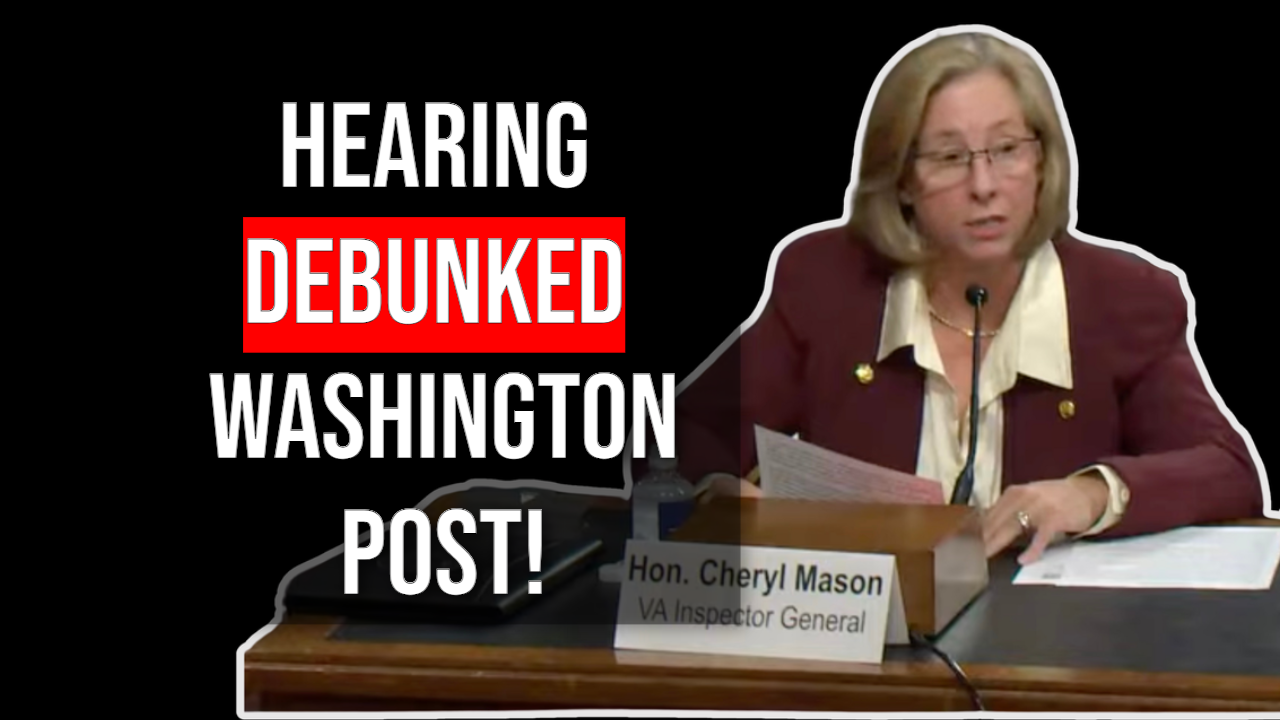
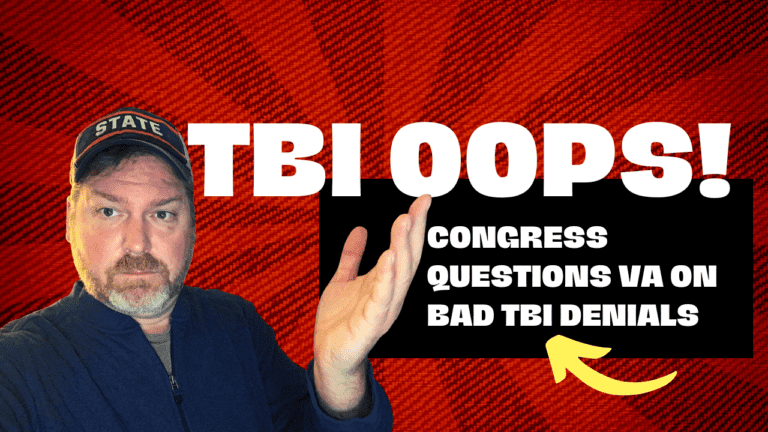
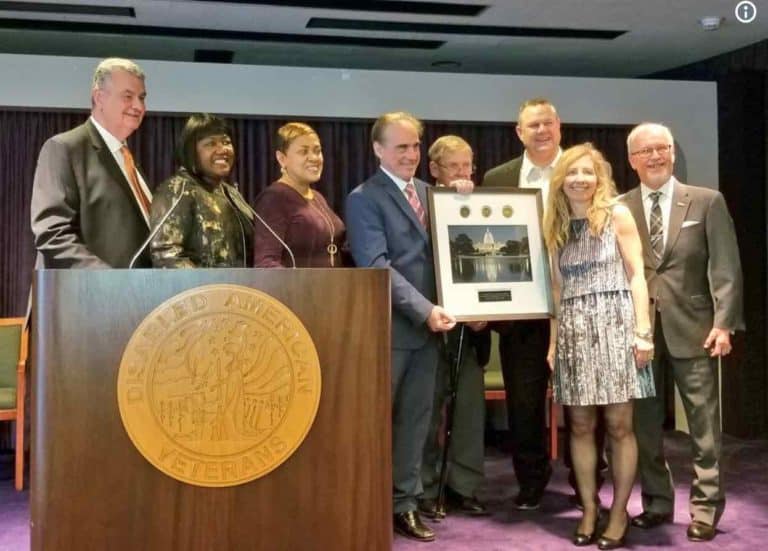
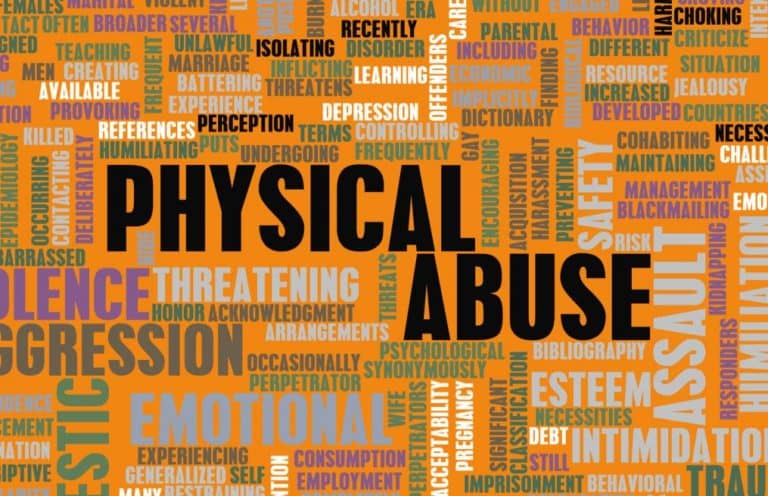
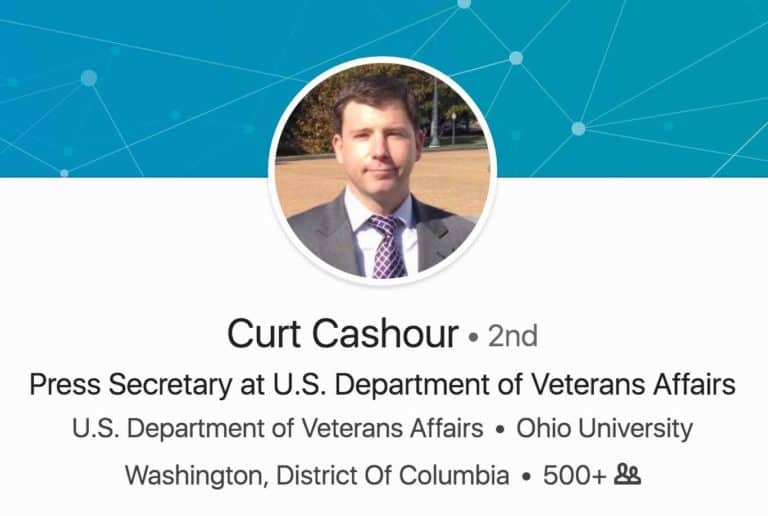

If they want to “root out some wrongdoing”, they should start with Senator Patty Murray and her statement on page 110 of “The Truth About Veterans’ Suicides”.
21 Apr 2008
(110th Congressional Hearing)
How many Vietnam Veterans did Murray classify as collateral damage from PTSD Drug Research
(H.R. 841 1991) on 21 Apr 2008, to hide “The Truth About Veterans’ Suicides”?